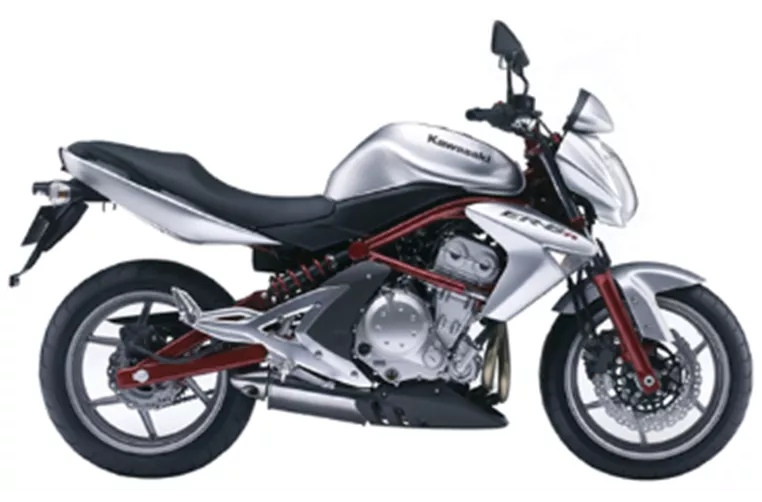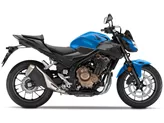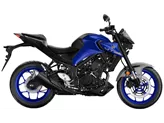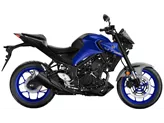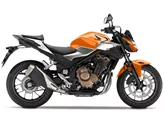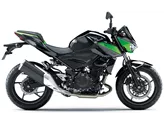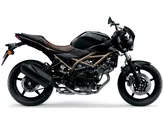Kawasaki ER-6n 2008 vs. Kawasaki Z 400 2019
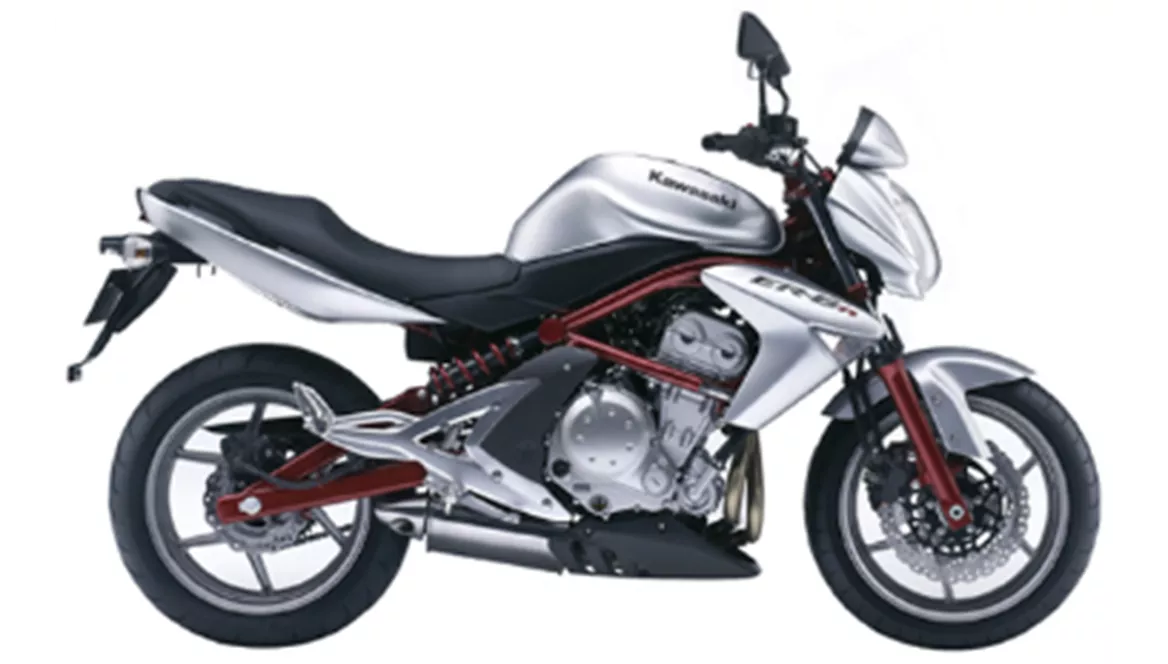
Kawasaki ER-6n 2008

Kawasaki Z 400 2019
Overview - Kawasaki ER-6n 2008 vs Kawasaki Z 400 2019
The Kawasaki ER-6n model year 2008 and the Kawasaki Z 400 model year 2019 are both naked bikes with similar engine configurations and cooling systems. However, there are several key differences between the two models.
In terms of engine power, the Kawasaki ER-6n 2008 boasts a more powerful engine with 72 HP compared to the Kawasaki Z 400 2019, which has 45 HP. This means that the ER-6n will offer a more exhilarating and dynamic riding experience, while the Z 400 is better suited for novice riders who may prefer a more manageable power delivery.
Both bikes have a 2-cylinder engine and liquid cooling, ensuring optimal performance and temperature control. However, the ER-6n has a larger displacement of 649cc, while the Z 400 has a smaller displacement of 399cc. This means that the ER-6n will have more torque and potentially better acceleration, while the Z 400 may be more fuel-efficient and easier to handle.
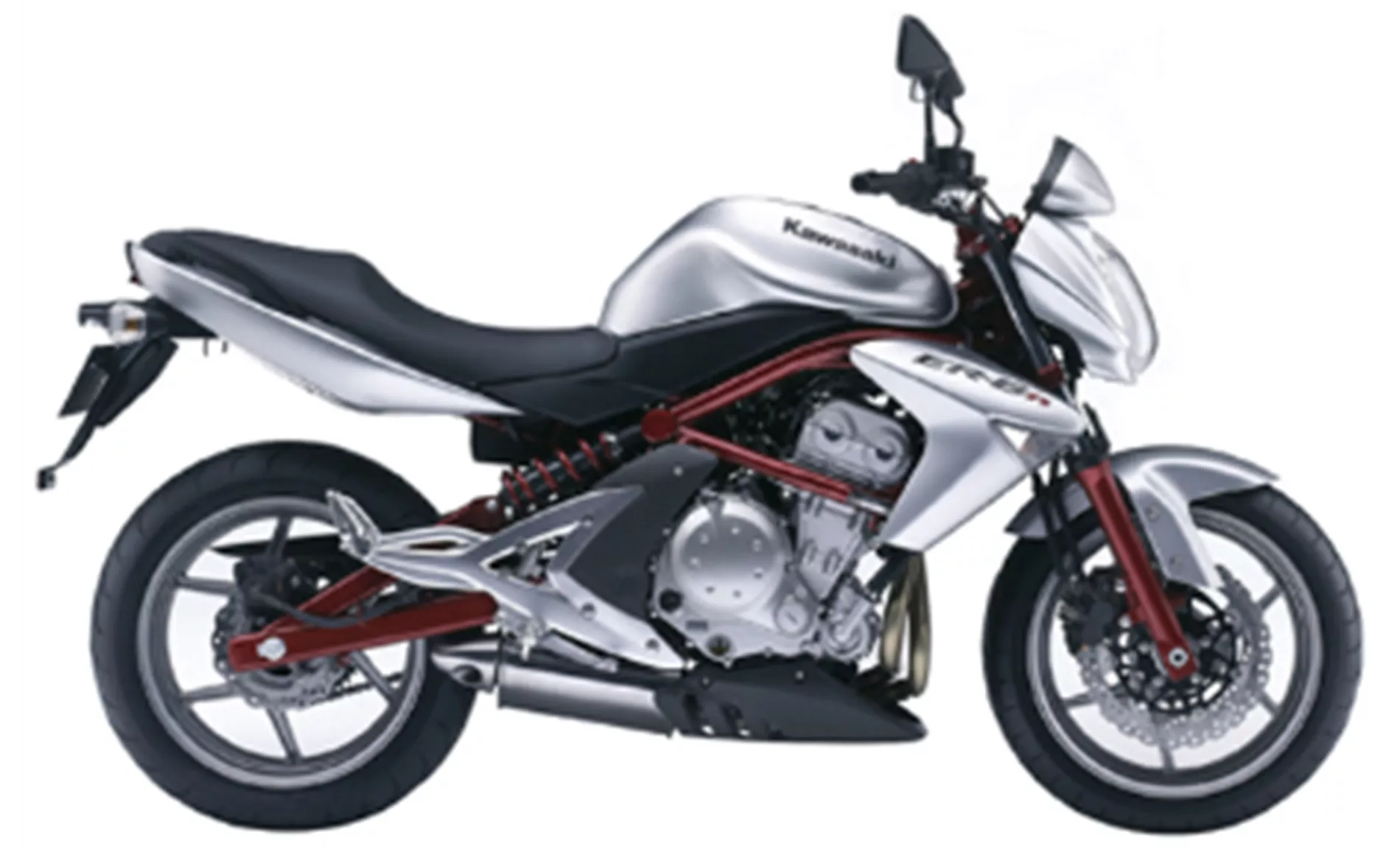
Kawasaki ER-6n 2008
In terms of dimensions and weights, the ER-6n has a slightly longer wheelbase of 1405mm compared to the Z 400's 1370mm. This may result in slightly better stability and handling for the ER-6n. Both bikes have the same seat height of 785mm, making them equally accessible for riders of different heights. However, the ER-6n has a larger fuel tank capacity of 15.5 liters, providing a longer range compared to the Z 400's 14 liters.
When it comes to strengths, the ER-6n 2008 offers lightness, precision, and rideability. Its modern and dynamic look appeals to riders looking for a stylish bike. Additionally, the ER-6n is beginner-friendly and features trustworthy ergonomics, making it suitable for riders of all skill levels. It also comes with ABS, providing added safety and control.
On the other hand, the Z 400 2019 has its own strengths. It offers a great, very controllable power delivery, making it suitable for novice riders who may be more cautious with their throttle inputs. The bike's low weight contributes to its nimble and agile handling, while the good seating position ensures rider comfort. The Z 400 also produces a great sound, adding to the overall riding experience.

Kawasaki Z 400 2019
However, both bikes have their weaknesses. The ER-6n 2008 may have an uncomfortable sitting position for riders taller than 1.80m, particularly with regard to the footrests. Additionally, it may not be suitable for performing wheelies due to its design and weight distribution.
The Z 400 2019 has non-adjustable clutch and brake levers, which may limit customization options for riders who prefer a specific lever position. The bike also has limited adjustable chassis, potentially restricting fine-tuning options for riders seeking optimal handling and performance.
In conclusion, the Kawasaki ER-6n 2008 and the Kawasaki Z 400 2019 are both capable naked bikes with their own unique strengths and weaknesses. The ER-6n offers more power and a larger displacement, making it suitable for riders seeking a more exhilarating ride. On the other hand, the Z 400 is better suited for novice riders with its manageable power delivery and lightweight design. Ultimately, the choice between the two models will depend on the rider's preferences and experience level.
Technical Specifications Kawasaki ER-6n 2008 compared to Kawasaki Z 400 2019
Pros and Cons in comparison
Pros and Cons in comparison
Kawasaki ER-6n 2008
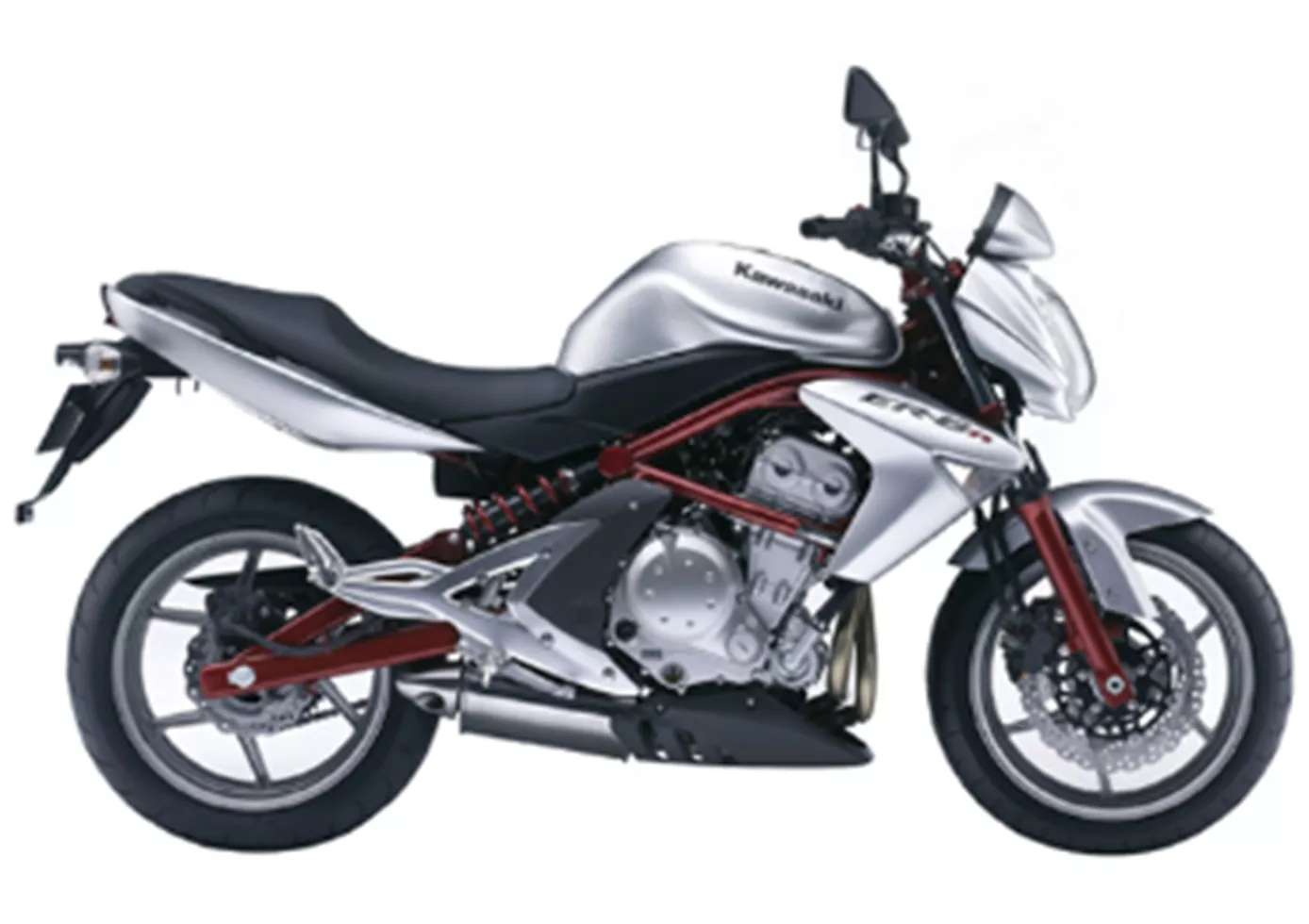
Kawasaki doesn't build toys. The ER-6N is getting more serious - and remains beginner-friendly.
Kawasaki Z 400 2019

The Kawasaki Z400 is definitely a great evolution of its predecessor, the Z300. More power, less weight - all around, simply an even better bike. Above all, the linear power delivery and excellent handling make the Z400 an ideal entry-level bike. The ease of clutch operation and good chassis set-up are also in this vein, which is why the Z400 can be recommended to novice riders without hesitation.
Price Comparison Avarage Market Price Kawasaki ER-6n vs Kawasaki Z 400
There are a few key differences between a Kawasaki ER-6n 2008 and a Kawasaki Z 400 2019. It takes less time to sell a Kawasaki ER-6n with 57 days compared to 99 days for a Kawasaki Z 400. Since model year 2006 1000PS.de editors have written 16 reviews for the Kawasaki ER-6n and 8 reviews for the Kawasaki Z 400 since model year 2019. The first review for the Kawasaki ER-6n was published on 6/29/2005 and now has more than 11,200 views. This compares to more than 23,200 views for the first review on Kawasaki Z 400 published on 10/2/2018.
